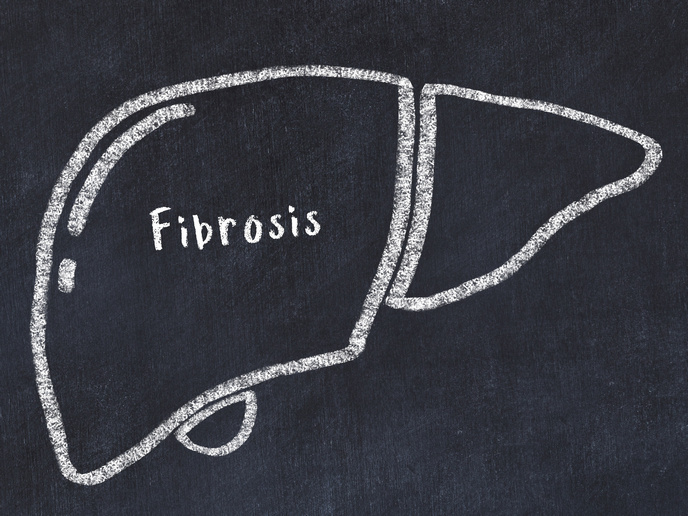Nanotechnology sharpens molecular imaging of tissues
Medical imaging technologies such as ultrasound and magnetic resonance imaging have transformed diagnostics, but when it comes to visualising individual cells deep within tissues, they fail to provide the desired clarity. One reason is the signal ‘noise’ generated by nearby cells within a specimen that essentially give the same signal intensity. To overcome this, scientists have developed contrast agents that label specific tissue areas. Even then, it is difficult for signals stemming from individual cells to stand out in a crowded biological environment.
A switchable contrast agent
The EU-funded SWIMMOT(opens in new window) project has developed a novel contrast agent that be actively switched ‘on’ and ‘off’ during optical imaging to eliminate background noise. “In SWIMMOT, we went one step further and developed a contrast agent that can be switched on and off, on demand,” says project coordinator Stefan Schrittwieser. “By subtracting the OFF image from the ON image, what remains is a clean signal from the contrast agent alone, without interference from the surrounding tissue.” At the core of this innovation is a specially engineered nanoparticle: a cobalt-gold nanorod(opens in new window) wrapped in a biocompatible polymer tagged with an antibody to target specific cells. These nanorods are sensitive to magnetic fields, which control their orientation. When aligned parallel to a polarised light source, they absorb and scatter light, producing a visible signal. But, when oriented perpendicularly, they become essentially invisible to the imaging system. This switchable behaviour enables scientists to capture two images: one with signal and one without and digitally subtract them, therefore removing the background.
‘In vivo’ validation
The contrast agent was tested both ‘in vitro’ in cell cultures and ‘in vivo’ in zebrafish models, with no observed toxicity at the imaging concentrations used. Nanorods were injected into the animals, and researchers captured paired images showing areas of contrast agent accumulation that would otherwise be masked by surrounding tissue. “The most significant achievement was proving that this imaging principle works in a living organism,” says Schrittwieser. “All five project partners contributed to this milestone with their respective expertise,” he adds.
A dual modality platform
SWIMMOT also stands out for its integration of two complementary imaging technologies, photoacoustic imaging(opens in new window) and optical coherence tomography(opens in new window). Both offer high-resolution, deep-tissue visualisation but rely on different physical principles. In the SWIMMOT system, both modalities are enhanced with magnetic control units that synchronise contrast switching across the imaging process. This multimodal approach increases both the depth and precision of cellular imaging. As a result, it is suitable for applications such as diabetes research where visualisation of cell biomarkers is desirable.
Future directions
While the SWIMMOT technology is not yet ready for clinical deployment, the outlook is promising. The imaging modalities used are already used in hospitals, and the magnetic fields involved are low and considered safe. The main challenge remains in scaling up and ensuring the biocompatibility of the contrast agent over long-term use. To that end, the SWIMMOT team has already partnered with a European photoacoustic imaging company to continue development. “The application of the technology in fundamental science is the most realistic scenario in the near future,” concludes Schrittwieser.







